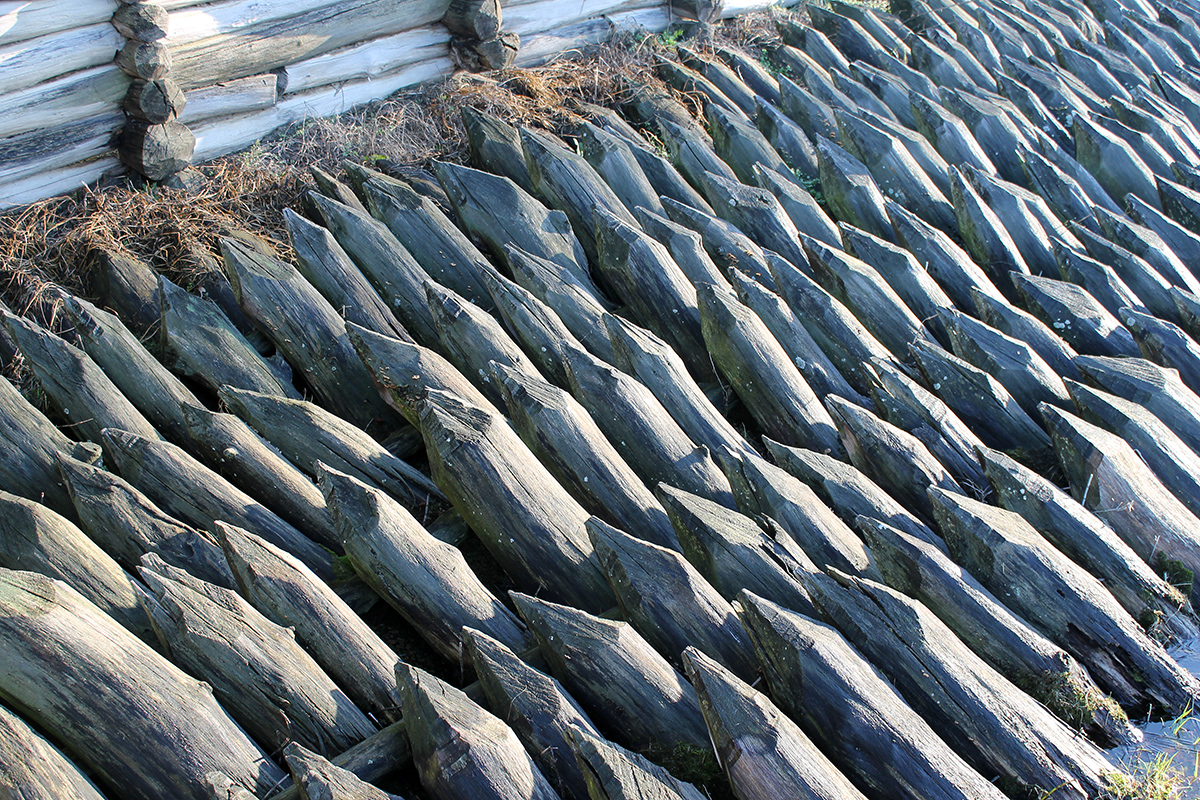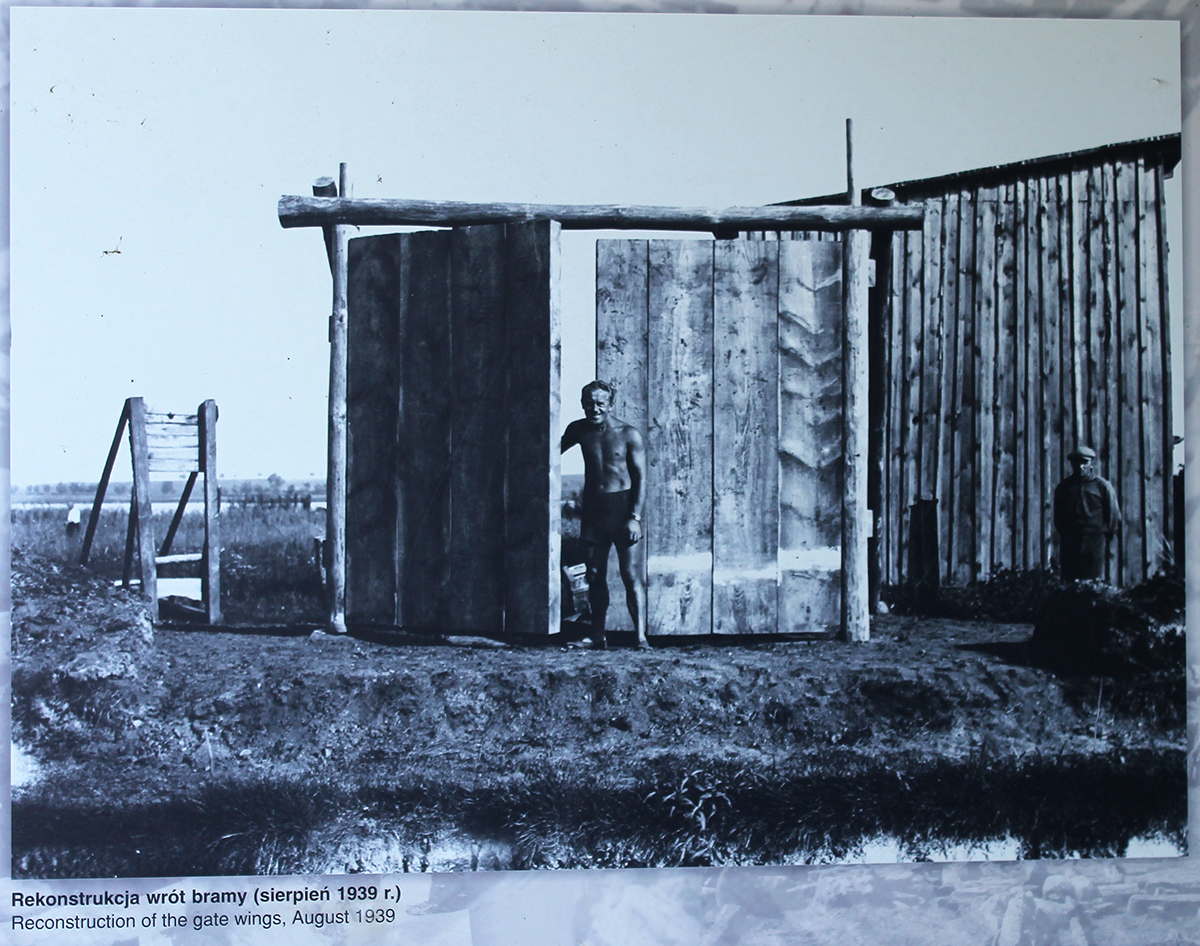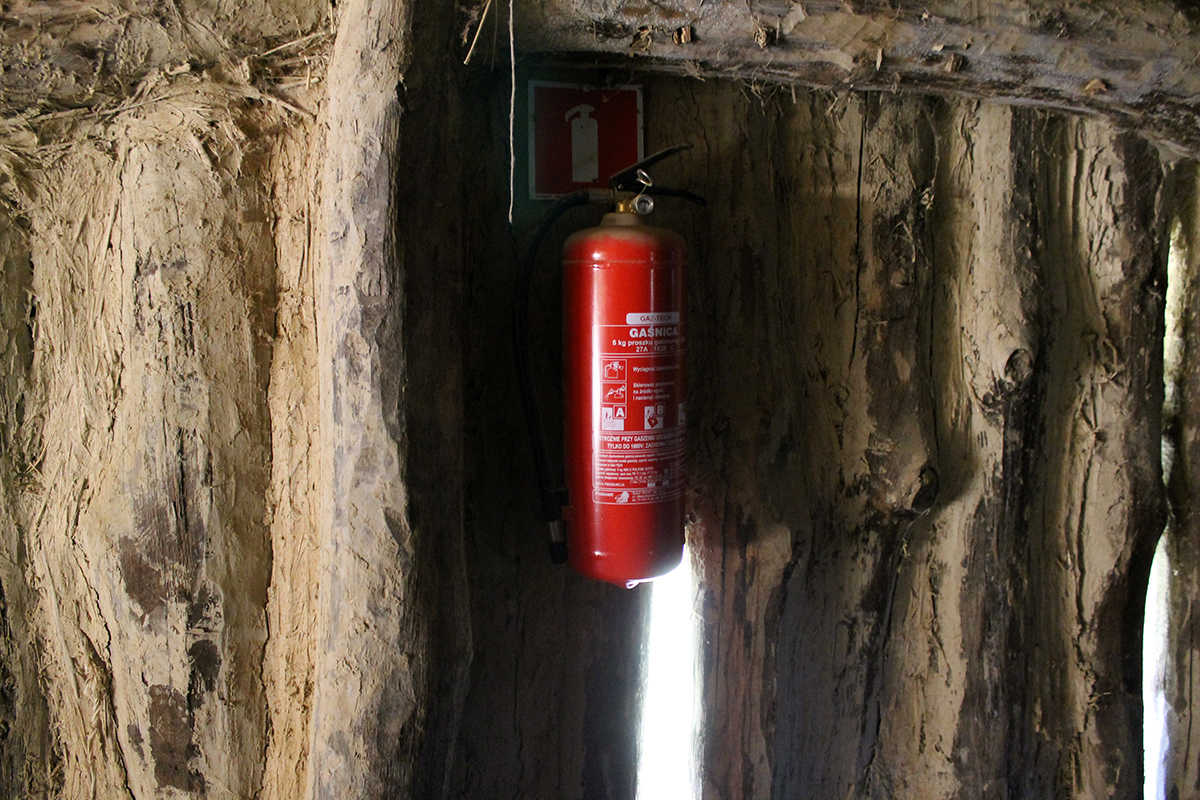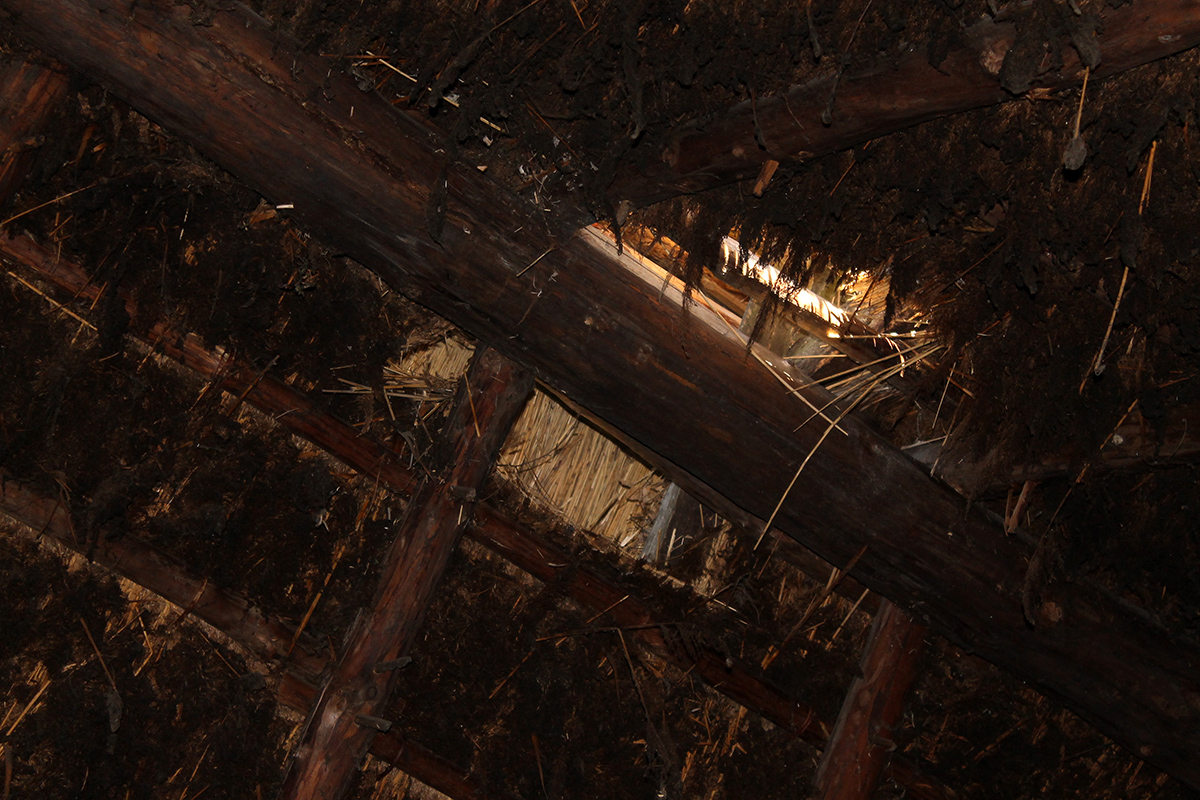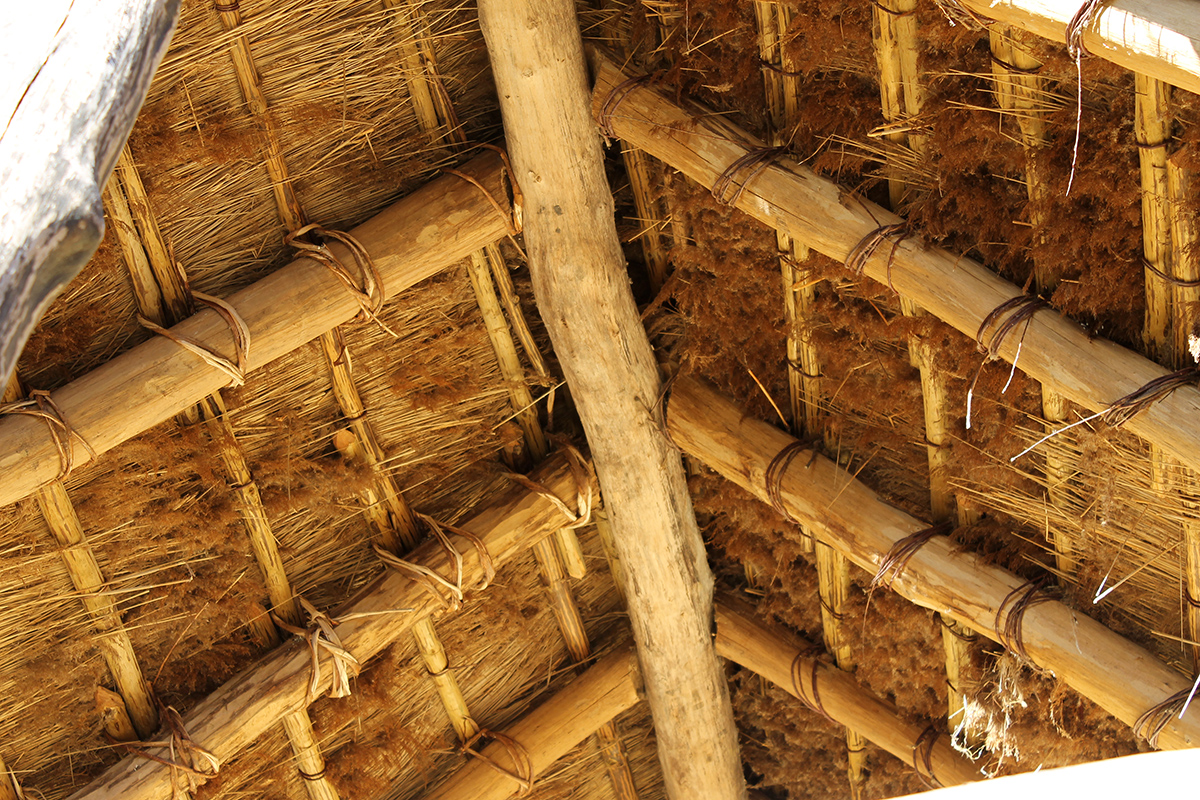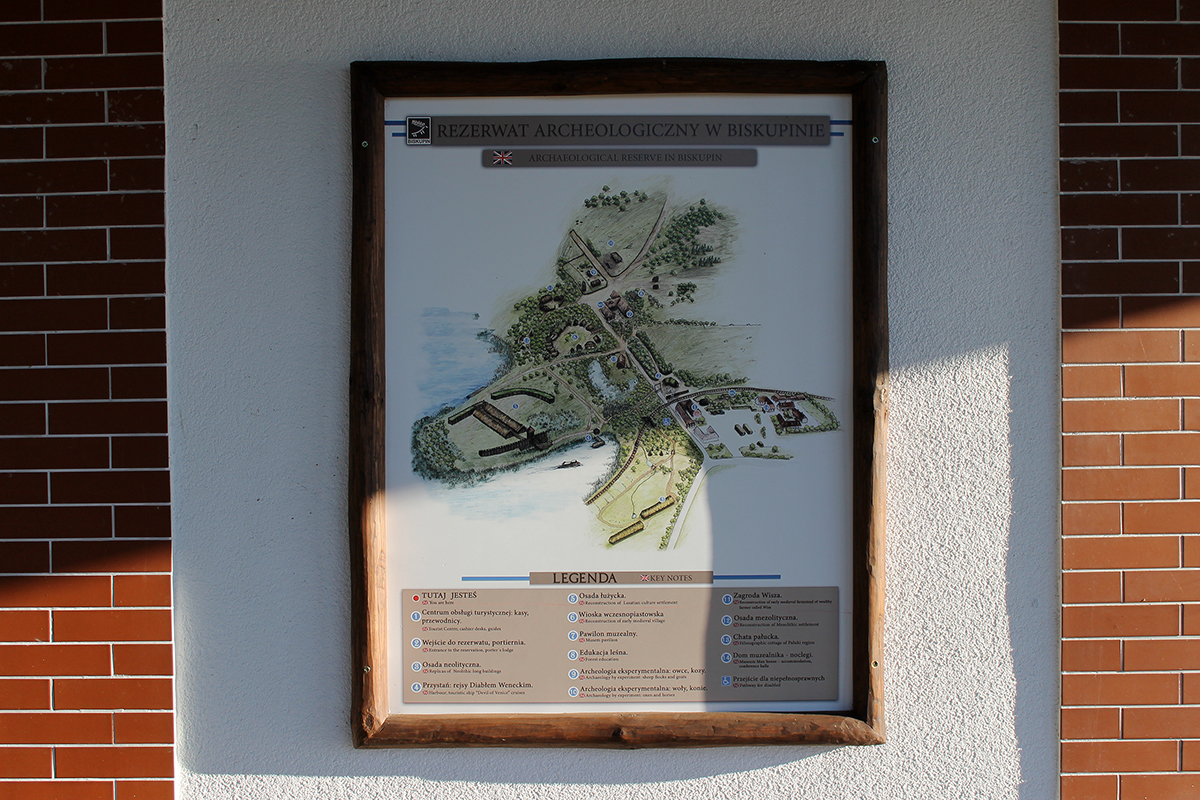Most of the early Iron Age settlement in Biskupin was built in the winter of 738–737 BC. It is known due to dendrochronological analysis of oaks — the basic building material of the settlement.
Archaeological museum in Biskupin
Pavel Sapozhnikov’s report. Part I
In the winter of this large-scale construction eternal Rome was 15 years old, and a settlement had existed in Biskupin several centuries before that.
In comparison with communal houses of this period even large early medieval Scandinavian houses seem modest.
Reconstruction of the settlement plan. Thirteen streets. So far they have reconstructed two houses and a part of the defensive wall.
The settlement was surrounded by fortifications, made by technology of stands filled with earth.
Streets are paved with stab semi-logs — it’s made at a very high level. Oak is easy to split, but it’s still a huge amount of work.
Construction of houses is based on pillars, logs are assembled by mortises. Building tradition is typical for the epoch and region.
Note two technological solutions how they strengthen supporting pillars: with stakes and pegs. The first variant is found in the archeology of ancient Russia, the second one I see for the first time.
At once I didn’t understand the purpose of these stakes. All fortified wall in Biskupin was surrounded by such a breakwater.
The gates were remade several times. Current version is impressive: 80 mm thick boards of cleft oak, assembled by inner mortises.
It is very beautiful around, the museum is harmoniously fit into the landscape. Ancestors rarely chose unsightly sites.


The houses are divided inside into living spaces with hearths. There are inner porches in the living spaces, where they presumably kept the cattle in winter.
Fire extinguishers — a big problem for all European museums.
The rules oblige, although effectiveness is questionable.
The flue is reconstructed in such a way. It’s a verisimilar hypothesis.
Another interior of the communal house. This one relates to another epoch, there was no hearth at all here.
A version of doors joined with a leather cord. In Europe there is a very strange manner of doors reconstruction. Zigzag-shaped joints have no archaeological grounds, they tended to construct doors as simple as possible, best of all from a single board.
A version of a rotary door of the hurdle. Very strange design, I don’t understand if it has any grounds.
Roofs are made of reed. They are honestly joined with flexible willow branches. At this photo an attentive eye can notice a trace of a chainsaw. Even two traces.
This construction does not allow the water to flow through the ridge.
The inside design of the roof.
The museum objects are harmoniously fit into the general atmosphere. Here’s the bridge — very pleasing to the eye, though it’s a stylization.
Surface treatment is very high-quality, I haven’t noticed any traces of modern instruments, though I have a very high standard in this regard.
The bench is a great stylization.
Waste baskets in the museum are very elegant.
Navigation is pleasant.
Read the second part of the report, dedicated to the early Middle Ages.








